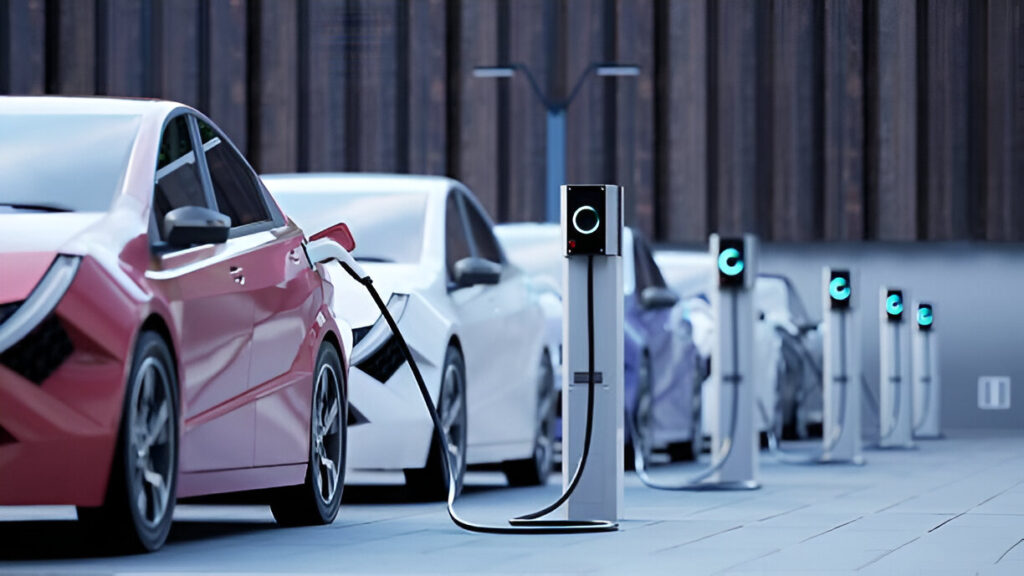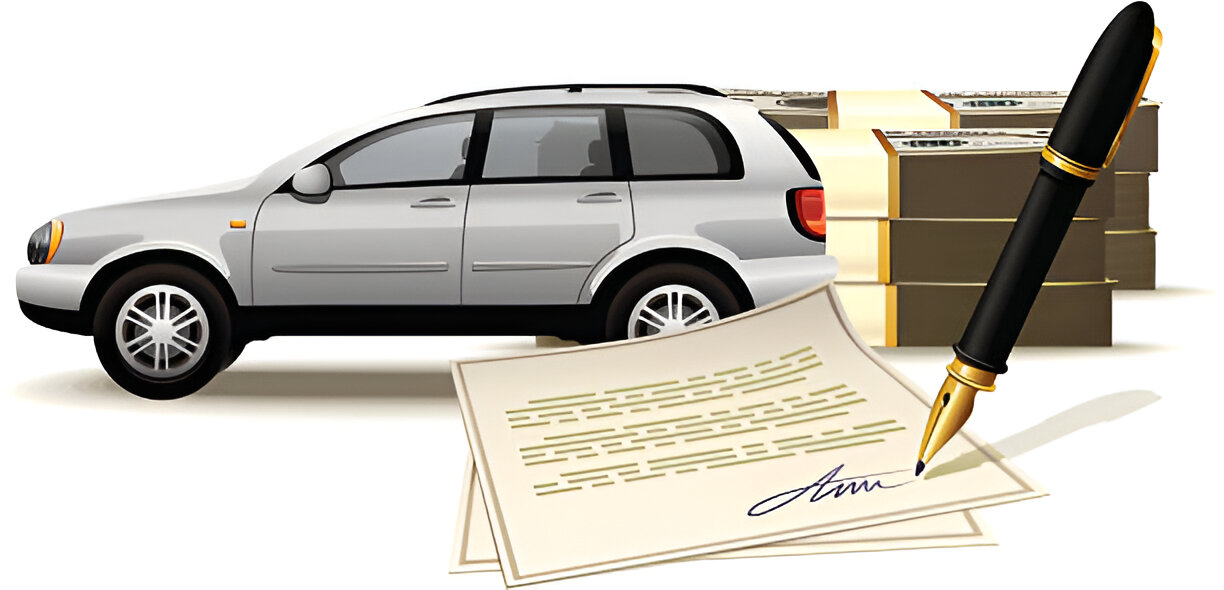Learning to drive is one of life’s biggest milestones. It marks freedom, independence, and the ability to explore the world on your own terms. But before you can enjoy that freedom, you must pass your driving test—a challenge that often brings excitement, nervousness, and sometimes even fear.

Whether you are preparing for your driving test in the USA, the UK, or India, the process requires patience, discipline, and proper strategy. While the systems differ across these countries, the core goal remains the same: to prove that you are a safe and responsible driver.
This detailed guide will take you step by step through the preparation journey, covering everything from theory and practice to test-day tips, mistakes to avoid, and life after the license.
Why Passing the Driving Test Matters
For many, the driving test is not just about mobility—it’s about opportunity. In countries like the USA, a car is often essential to daily life. In the UK, mastering roundabouts and dual carriageways can shape your confidence as a driver. In India, navigating through busy city roads requires sharp reflexes and patience.
A driving license is more than a piece of plastic—it’s a legal recognition that you are trusted to handle the responsibility of being behind the wheel. Passing the test means you are joining millions of licensed drivers worldwide who contribute to safer roads and better driving culture.
The Structure of Driving Tests Globally

Across the USA, UK, and India, driving tests generally include two main components:
- Theory Test – A written or computer-based exam to check your knowledge of traffic laws, signs, and safe practices.
- Practical Test – A hands-on driving assessment where an examiner observes your real-world driving.
But the way these are conducted differs by country. Let’s look at each region in depth.
Preparing for the Driving Test in the USA
The United States has one of the most structured driving systems in the world, but it varies from state to state. For example, California and Texas have different requirements compared to New York or Florida.
Step 1: Study Your State’s Driver Handbook
Each state has its own Department of Motor Vehicles (DMV) handbook. This is your bible for the written test. It covers everything from road signs and speed limits to DUI penalties.
Example: In California, the handbook explains lane splitting rules for motorcyclists, while in Texas, it emphasizes safe driving in rural areas.
Step 2: Practice for the Knowledge Test
The DMV test usually includes 30–50 multiple-choice questions. Online practice tests are available for every state. Taking at least 10–15 mock tests before the real exam dramatically improves your chances.
Pro Tip: Many learners fail because they underestimate this step. Even if you “know” how to drive, you must know the rules clearly.
Step 3: Enroll in Driver’s Education (if required)
Some states make it mandatory for learners under 18 to complete a driver’s education course. These cover both theory and practical driving and often reduce insurance costs later.
Step 4: Behind-the-Wheel Practice
States usually require a minimum number of supervised driving hours (e.g., 50 hours, including 10 at night in California). Don’t just stick to empty roads—practice in:
- Highways
- School zones
- Heavy traffic
- Rain or snow conditions
The more scenarios you experience, the better prepared you’ll be.
Step 5: Test Day Preparation
On the day of your driving test:
- Ensure your car is in good condition (working lights, wipers, brakes, indicators).
- Carry all required documents: learner’s permit, proof of insurance, and vehicle registration.
- Arrive early to calm your nerves.
During the test, the examiner will evaluate you on parallel parking, lane changes, turns, stopping at stop signs, and overall confidence. Remember, small mistakes may be forgiven, but dangerous errors (like running a red light) will cause instant failure.
Preparing for the Driving Test in the UK
The UK has one of the most rigorous driving test systems. The roads are narrower, roundabouts are everywhere, and the weather often makes driving conditions tricky.
Step 1: Apply for a Provisional License
You cannot begin without a provisional driving license. Apply online through the official GOV.UK website.
Step 2: Pass the Theory Test
The UK theory test has two parts:
- Multiple-choice questions – Based on the Highway Code, traffic laws, and safe practices.
- Hazard perception test – You watch video clips and identify developing hazards.
Tip: Many learners fail the hazard perception test because they click too early or too late. Practice with official apps to improve timing.
Step 3: Learn with a DVSA-Approved Instructor
While it’s not compulsory, most learners benefit from professional lessons. Approved Driving Instructors (ADIs) teach you techniques the examiners expect to see.
Step 4: Familiarize Yourself with Test Routes
Each driving test center has common routes. These often include roundabouts, dual carriageways, and residential zones. Practicing them gives you confidence.
Step 5: Practical Test Day
The UK practical test lasts about 40 minutes and includes:
- Eyesight check (reading a number plate from 20 meters).
- “Show me, tell me” safety questions.
- General driving in mixed conditions.
- 20 minutes of independent driving, either following sat-nav or road signs.
Unlike the USA, even a single “serious fault” can cause failure. Safe driving habits and calmness are critical.
Preparing for the Driving Test in India
India’s driving test system is evolving but still varies by state. The Regional Transport Office (RTO) is in charge of conducting tests.
Step 1: Obtain a Learner’s License
You can apply online or at your local RTO. After 30 days with a learner’s license, you can apply for a permanent license.
Step 2: Study Road Rules and Signs
While the theory section is simpler compared to the USA or UK, it is still essential to understand road signs, lane discipline, and penalties.
Step 3: Practice with a Driving School
Most learners in India train at an RTO-approved driving school. This helps because the instructors know exactly what examiners expect.
Step 4: The Practical Test
The test is usually held on a track inside the RTO premises and includes tasks like:
- Driving in a straight line and stopping smoothly.
- Completing an “S” shaped track.
- Driving in a figure-eight without touching cones.
- Reversing and parking correctly.
Tip: Many candidates fail because they stall the vehicle or do not follow examiner instructions properly. Practicing in the same model of car you’ll use for the test can make a big difference.
Step 5: Test Day Documents
Carry:
- Learner’s license
- Application forms
- Passport-size photographs
- Driving school certificate (if applicable)
Common Mistakes to Avoid
- Forgetting to check mirrors before signaling.
- Speeding or driving too slowly.
- Rolling stops at stop signs (common in USA/India).
- Misjudging roundabouts (UK learners often struggle here).
- Stalling the engine repeatedly.
- Ignoring examiner instructions due to nervousness.
Universal Driving Test Preparation Tips
- Practice Mock Tests: Both theory and practical simulations improve confidence.
- Stay Calm: Anxiety can cause silly errors. Take deep breaths before starting.
- Know Your Vehicle: Adjust mirrors, seat, and steering before starting the engine.
- Think Safety First: Examiners prefer safe drivers over fast or overconfident ones.
- Don’t Rush: Take your time when approaching intersections or parking.
Life After Passing the Test
Passing your test is just the beginning. In the USA, insurance rates often drop after completing driver’s education. In the UK, you might still put “P” plates on your car to indicate you’re a new driver. In India, passing your RTO test means you can legally join the chaotic traffic but must continue practicing safe driving habits.
Owning a license opens doors—job opportunities expand, travel becomes easier, and personal independence grows. But with this freedom comes responsibility. Respect traffic laws, maintain your vehicle, and remember: safety is always more important than speed.
FAQs
Q1. How many attempts can I take if I fail my driving test?
- USA: Depends on state rules, usually multiple retests allowed.
- UK: Unlimited retakes, but you must wait 10 working days.
- India: You can reapply after 7 days.
Q2. What is the pass rate for driving tests?
- USA: Around 50–60%, depending on state.
- UK: Around 47%.
- India: Varies widely, sometimes higher due to shorter tests.
Q3. Can I use my own car for the test?
Yes, in all three countries, provided it meets safety and insurance requirements.
Q4. Should I take professional driving lessons?
Highly recommended in the UK and USA. In India, RTO-approved driving schools are the best option.
Final Thoughts
Preparing for your driving test is about discipline, focus, and confidence. The process might feel overwhelming, but with structured preparation, anyone can succeed.
Whether you’re navigating wide highways in the USA, handling roundabouts in the UK, or mastering traffic in India, the principles remain the same: learn the rules, practice consistently, and stay calm on test day.
A license is not just permission to drive—it’s a lifelong commitment to safety and responsibility on the road.

